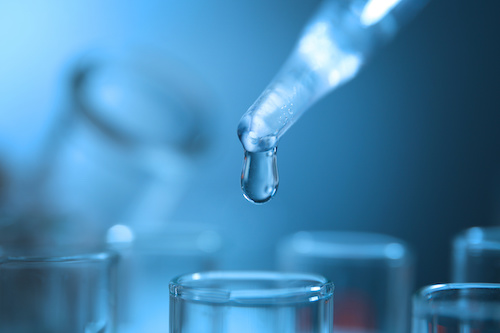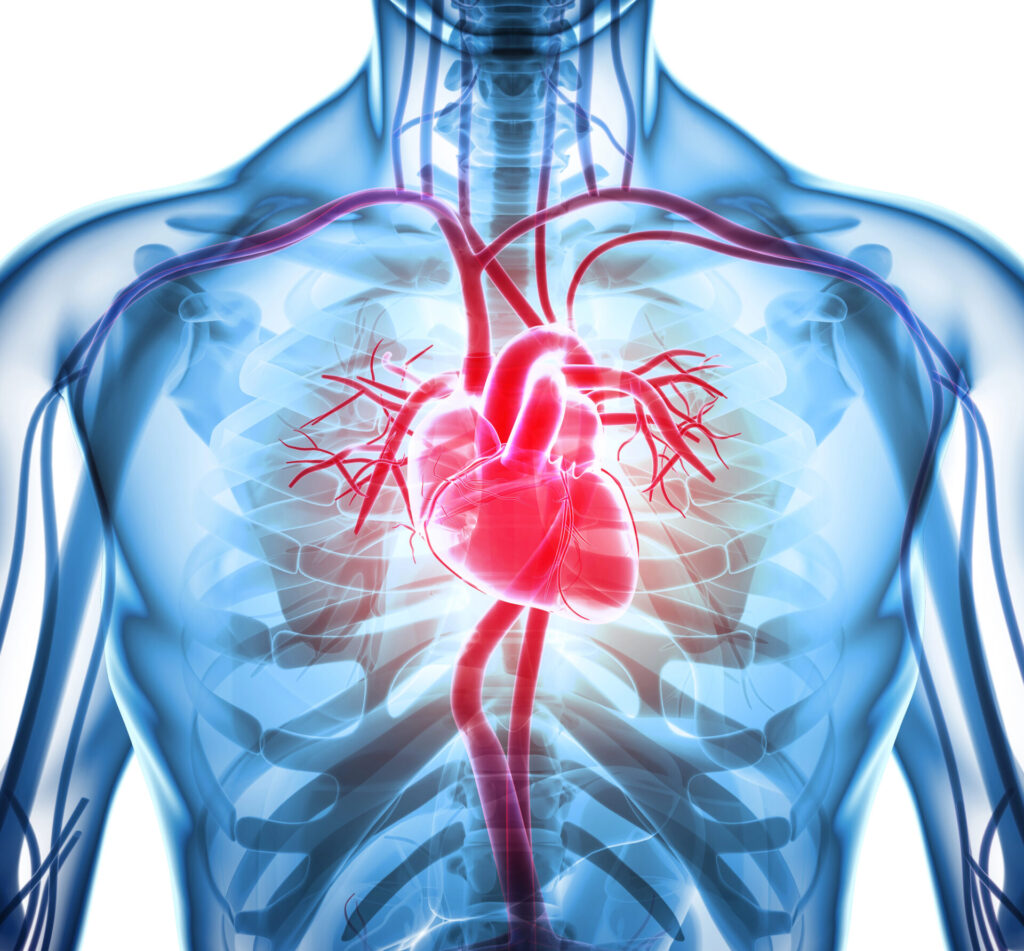There has been a significant amount of discussion and studies showing that certain vitamin deficiencies may play a role in COVID-19 severity. We’ve reported on some ER and ICU physicians at teaching hospitals who use vitamins as a part of an integrative approach to COVID-19. However, evidence as to exactly how and why these nutrients interact with antivirals and steroids has been unclear. A study from the University of Bristol published in the journal of the German Chemical Society Angewandte Chemie has shown how they – and other antiviral drugs – might work and inhibit viral infectivity.
The research indicates that these dietary supplements and compounds could bind to the viral spike protein and so might reduce SARS-CoV-2 infectivity. In contrast, cholesterol may increase infectivity, which could explain why having high cholesterol is considered a risk factor for serious disease.
Recently, Bristol researchers showed that linoleic acid binds to a specific site in the viral spike protein, and that by doing so, it locks the spike into a closed, less infective form. Now, a research team has used computational methods from Oracle to search for other compounds that might have the same effect, as potential treatments. They hope to prevent human cells becoming infected by preventing the viral spike protein from opening enough to interact with a human protein (ACE2). New anti-viral drugs can take years to design, develop and test, so the researchers looked through a library of approved drugs and vitamins to identify those which might bind to this recently discovered ‘druggable pocket’ inside the SARS-CoV-2 spike protein.
The team first studied the effects of linoleic acid on the spike, using computational simulations to show that it stabilizes the closed form. Further simulations showed that dexamethasone – which is an effective treatment for COVID-19 – might also bind to this site and help reduce viral infectivity in addition to its effects on the human immune system.
The team then conducted simulations to see which other compounds bind to the fatty acid site. This identified some drugs that have been found by experiments to be active against the virus, suggesting that this may be one mechanism by which they prevent viral replication such as, by locking the spike structure in the same way as linoleic acid.
The findings suggested several drug candidates among available pharmaceuticals and dietary components, including some that have been found to slow SARS-CoV-2 reproduction in the laboratory. These have the potential to bind to the SARS-CoV-2 spike protein and may help to prevent cell entry.
The simulations also predicted that the fat-soluble vitamins D, K and A bind to the spike in the same way making the spike less able to infect cells.
Dr Deborah Shoemark, Senior Research Associate (Biomolecular Modelling) in the School of Biochemistry, who modeled the spike, explained: “Our findings help explain how some vitamins may play a more direct role in combating COVID than their conventional support of the human immune system.
Cholesterol and Viral Infectivity
“Obesity is a major risk factor for severe COVID. Vitamin D is fat soluble and tends to accumulate in fatty tissue. This can lower the amount of vitamin D available to obese individuals. Countries in which some of these vitamin deficiencies are more common have also suffered badly during the course of the pandemic. Our research suggests that some essential vitamins and fatty acids including linoleic acid may contribute to impeding the spike/ACE2 interaction. Deficiency in any one of them may make it easier for the virus to infect.”
Pre-existing high cholesterol levels have been associated with increased risk for severe COVID-19. Reports that the SARS-CoV-2 spike protein binds cholesterol led the team to investigate whether it could bind at the fatty acid binding site. Their simulations indicate that it could bind, but that it may have a destabilizing effect on the spike’s locked conformation, and favour the open, more infective conformation.
Dr Shoemark continued: “We know that the use of cholesterol lowering statins reduces the risk of developing severe COVID and shortens recovery time in less severe cases. Whether cholesterol de-stabilises the “benign”, closed conformation or not, our results suggest that by directly interacting with the spike, the virus could sequester cholesterol to achieve the local concentrations required to facilitate cell entry and this may also account for the observed loss of circulating cholesterol post infection.”
Professor Adrian Mulholland, of Bristol’s School of Chemistry, added: “Our simulations show how some molecules binding at the linoleic acid site affect the spike’s dynamics and lock it closed. They also show that drugs and vitamins active against the virus may work in the same way. Targeting this site may be a route to new anti-viral drugs. A next step would be to look at effects of dietary supplements and test viral replication in cells.”
Conclusion/ The researchers “docked a library of FDA‐approved drugs to the fatty acid site using an approach that reproduces the structure of the linoleate complex. Docking identifies steroids (including dexamethasone and vitamin D); retinoids (some known to be active in vitro , and vitamin A); and vitamin K as potential ligands that may stabilize the closed conformation. The SARS‐CoV‐2 spike fatty acid site may bind a diverse array of ligands, including dietary components, and therefore provides a promising target for therapeutics or prophylaxis.”
Source: Shoemark, D..K., Colenso, C..K., Toelzer, C., Gupta, K., Sessions, R..B., Davidson, A..D., Berger, I., Schaffitzel, C., Spencer, J. and Mulholland, A..J. (2021), Molecular Simulations suggest Vitamins, Retinoids and Steroids as Ligands of the Free Fatty Acid Pocket of the SARS‐CoV‐2 Spike Protein. Angew. Chem. Int. Ed.. Accepted Author Manuscript. https://doi.org/10.1002/anie.202015639
Primary Mechanisms of Vitamin D on Viral Replication Rates and Pro-inflammatory Cytokines
Integrative Strategies During the COVID-19 Pandemic, by Andrew Weil, MD and Lise Alschuler, ND
For more on related topics:





